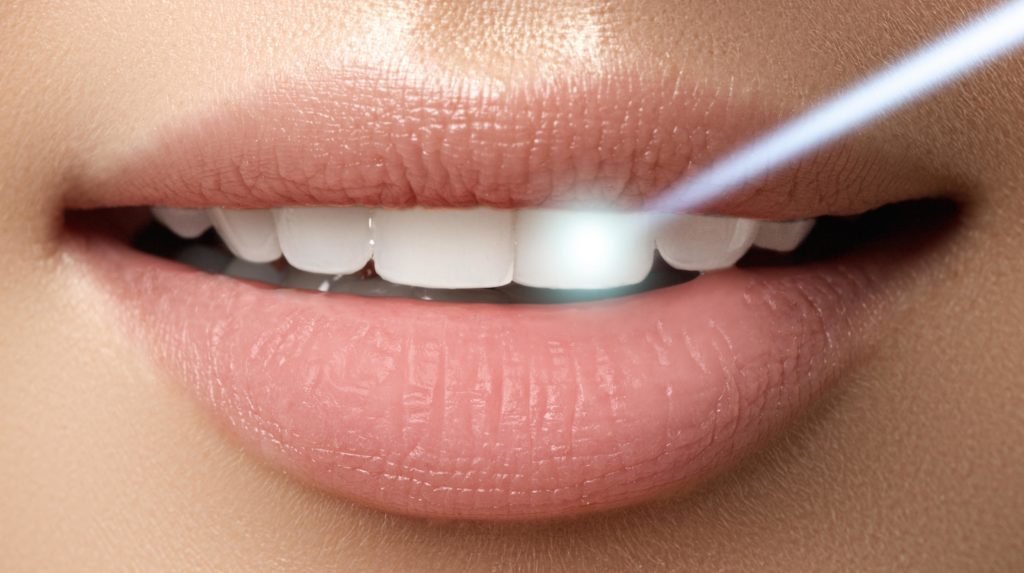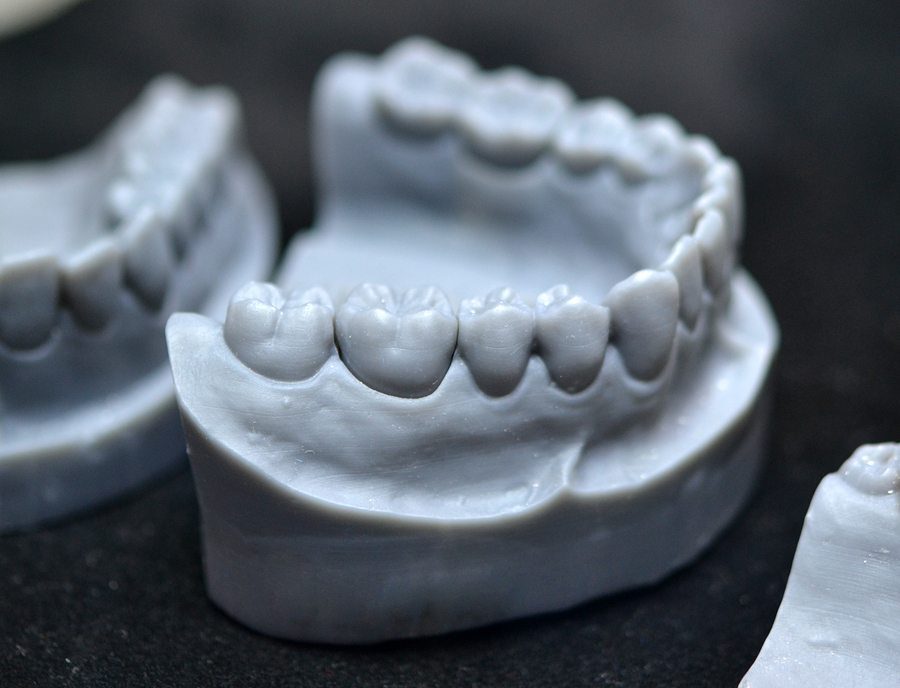Composite bonding is a popular dental procedure used to improve the appearance of teeth. By applying a tooth-colored resin, dentists can repair chips, close gaps, and enhance the overall aesthetic of a patient’s smile. Like any dental treatment, composite bonding comes with its set of advantages and disadvantages.
Pros of Composite Bonding
Cons of Composite Bonding
Conclusion
Composite bonding is a valuable option for those looking to enhance their smile with minimal invasiveness and cost. Its aesthetic appeal and convenience make it a popular choice for minor dental corrections. However, its durability and maintenance requirements are important considerations. Book in with our team to discuss how we can help determine if composite bonding is the right choice for you and your smile!










